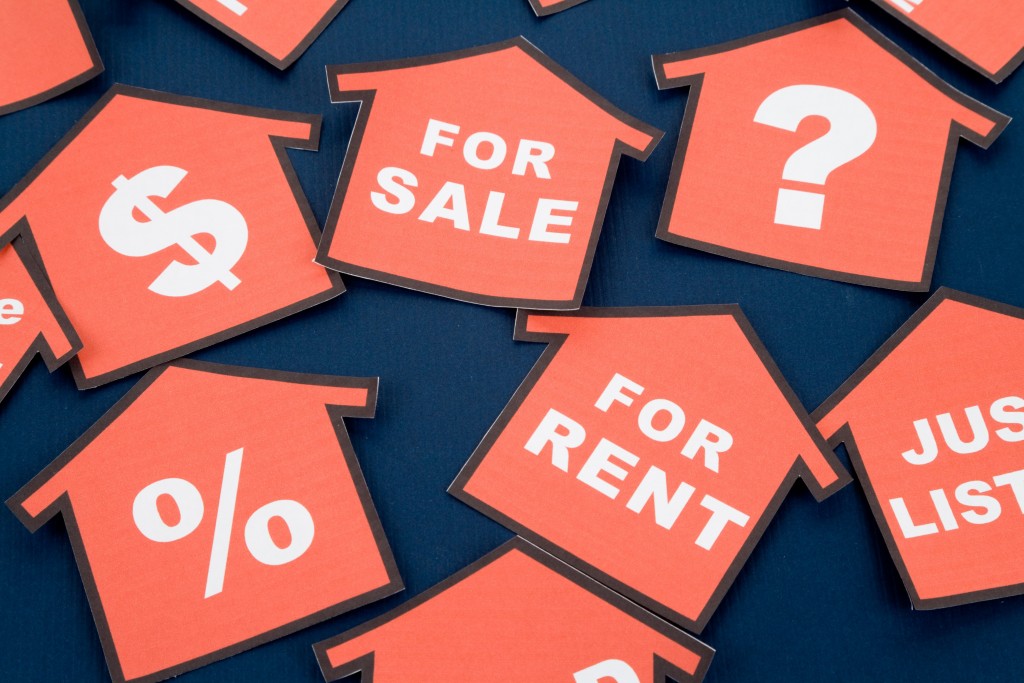By Joseph Wong
The Malaysian rental market saw significant growth in the second quarter of 2024, with rents rising faster than anticipated, a trend that could have important implications for the property industry.
According to the recently released Q2 2024 IQI Malaysia Home Rental Index, the average rent reached RM1,995, a 3.9% increase from the previous quarter and 2.9% higher than the same period last year.
“This Malaysia Home Rental Index by IQI analyses over 70,000 residential rental transactions between 2018 and Q2 2024,” said Juwai IQI co-founder and group chief executive officer Kashif Ansari. “It provides insights into new leases signed each quarter and offers valuable information on current rental market trends for tenants and investors.”
Accelerating growth
One of the key takeaways from the report is that, for the first time in a year, rental growth has accelerated rather than slowed. The current rate of increase suggests the market is on an upward trajectory, largely due to factors such as demand recovery, seasonal shifts and the return of international students.
“Our earlier forecast was that rental rates would climb moderately by 0% to 3%, but the Index has already increased by 3.9%, more quickly than expected,” explained Ansari. “We now update our forecast and project that the Home Rental Index will have increased at an annual rate of 5.5% by the first quarter of 2025.”
For the property industry, this is a clear signal that demand for rental properties remains robust, particularly in urban centres like Kuala Lumpur and Selangor. The surge in rents could prompt developers and investors to explore opportunities in both existing properties and new residential developments.
Regional disparities
The report also highlights significant regional disparities, with Kuala Lumpur maintaining higher rental prices than the national average. Rents in the capital are now 44% higher than the country-wide average and 51% above rents in neighbouring Selangor.
“In Kuala Lumpur, rents in the second quarter were up 5.7% compared to one year ago,” Ansari noted. “Selangor, by contrast, saw rents climb by 6.2%, but the overall cost is still much more affordable than in Kuala Lumpur.”
For the property industry, this disparity could encourage more development in suburban or neighbouring areas. As affordability becomes a bigger concern for families and individuals, developers may focus on building in regions like Selangor, where rental prices are lower but demand is increasing.
“The affordability gap between Kuala Lumpur and Selangor may have encouraged some renters to move from the capital to more affordable neighbouring areas,” said Ansari. “The ability to work remotely has probably given further stimulus to this internal migration.”
The Covid discount
Despite the rise in rents, many tenants are still benefitting from what the report calls the "Covid Discount." This discount reflects the fact that rents have not yet fully rebounded to their pre-pandemic levels, particularly in high-demand areas like Kuala Lumpur.
“Even though the Rental Index climbed in the second quarter, many renters still enjoy what we call the ‘Covid Discount,’” explained Ansari. “The average Malaysian renter now pays RM499 less in rent, which is a 20% discount from before the pandemic. In Kuala Lumpur, the Covid discount is even bigger—renters are paying RM1,301 less on average, which is a 31% discount.”
This has significant implications for both renters and investors. While tenants continue to enjoy more affordable rents, the gradual recovery of the rental market means that prices are likely to rise further as economic conditions improve. Investors, on the other hand, may see the current market as a buying opportunity, expecting rents to return to pre-pandemic levels in the near future.
“For investors, the Covid discount may present a buying opportunity,” said Ansari. “If you anticipate rental income to bounce higher, closer to historic levels, in the future, buying now may enable you to benefit from income growth and capital appreciation.”
Stable yields
For property investors, the report offers positive news on rental yields, which remained stable across the country at 5.2% during the second quarter. This stability makes Malaysia an attractive destination for investors seeking consistent returns from rental properties.
“Gross rental yields in Malaysia put the country in the top half of selected Asian countries, making residential investment property in Malaysia regionally competitive,” explained Ansari.
The stability in gross rental yields provides a degree of predictability for investors, allowing them to plan long-term strategies with confidence. Developers may also see this as an opportunity to focus on regions with strong rental yield growth, such as Subang Jaya, where yields jumped by 0.6% to a new high of 6%.
“The location with the biggest increase in yields is Subang Jaya,” said Ansari. “This suggests a potentially favourable environment for property investors. The overall stability in yields benefits the rental market by making outcomes more predictable for both investors and occupants.”
Future growth
Looking ahead, the report suggests that economic growth will play a crucial role in shaping the property market, with rental rates expected to rise further. The forecasted 5.5% annual increase in rental prices by Q1 2025 reflects the broader recovery in Malaysia’s economy, which is likely to bring improvements in employment, disposable incomes and consumer spending.
“The slower recovery in some areas may be due to the economic challenges the country faced during the pandemic era,” noted Ansari. “Now that Malaysia seems to be moving into a new growth cycle, we may expect to see a recovery in rental rates and further improvements in employment, disposable incomes and consumer spending.”
For the property industry, this presents both opportunities and challenges. Developers will need to balance affordability concerns with the growing demand for rental properties, while investors will need to stay vigilant for changes in market conditions.
“The market is already showing signs of recovery and investors will focus on regions and property types that they anticipate will grow most quickly,” said Ansari.
With stable rental yields and the potential for rents to rise as the economy strengthens, the outlook for the Malaysian property industry remains positive. Developers, investors and policymakers will need to adapt to the evolving market dynamics to capitalise on the opportunities ahead.
Stay ahead of the crowd and enjoy fresh insights on real estate, property development and lifestyle trends when you subscribe to our newsletter and follow us on social media.











































